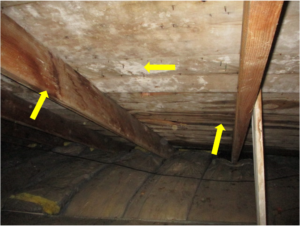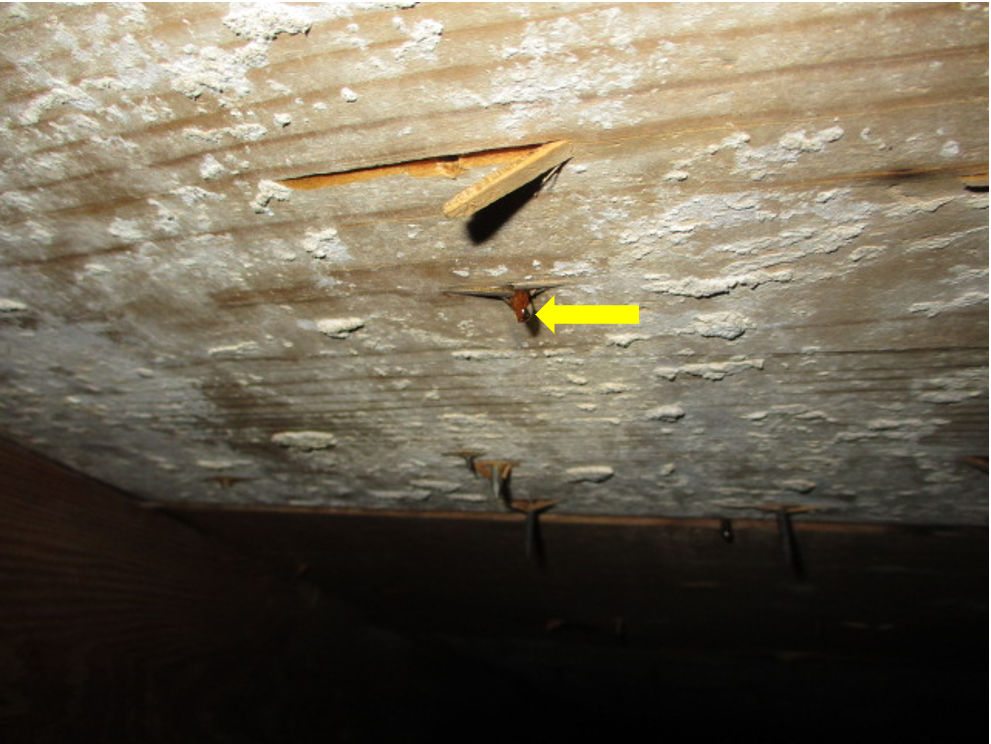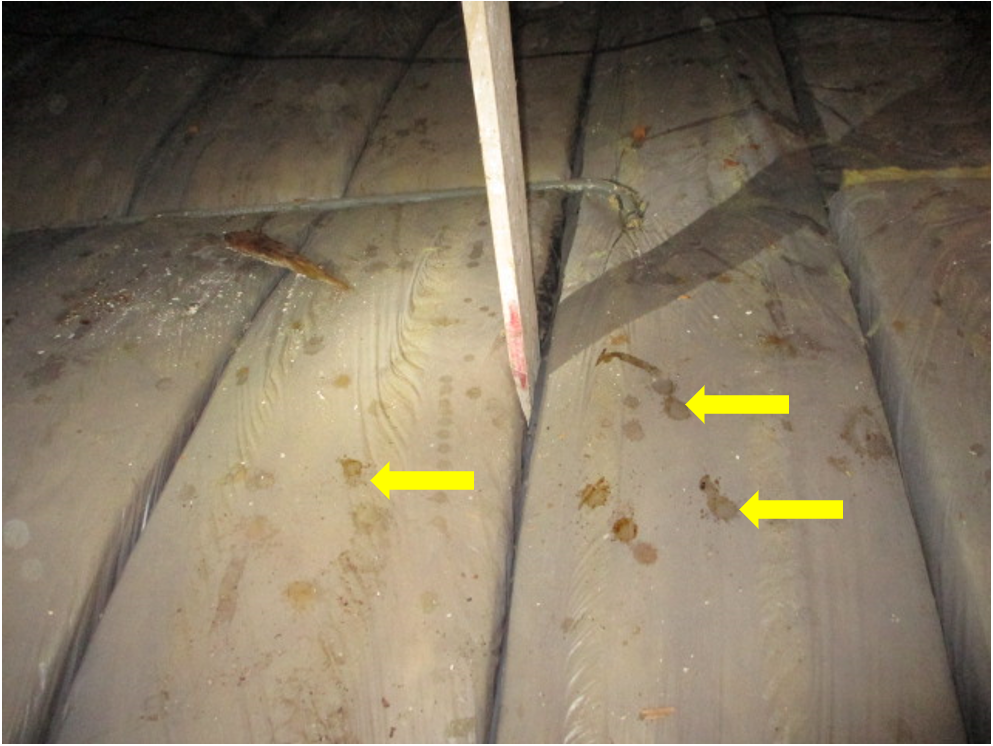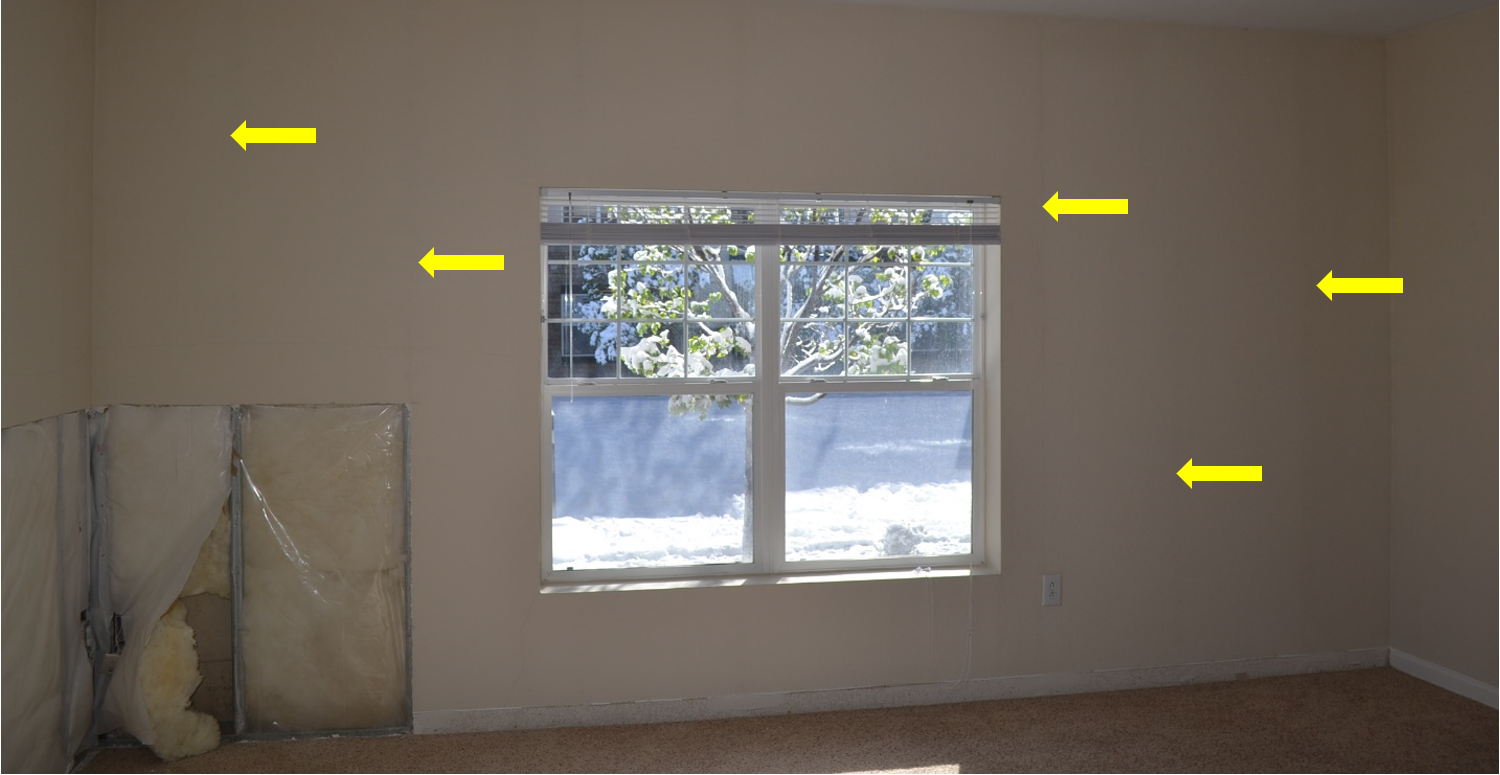
Knott Laboratory provides forensic engineering and animation, Civil & Structural, and Fire & Explosion Investigation services to reconstruct accidents.
Humidifiers May Introduce Moisture Problems in Residential Homes
Prolonged moisture can result in structural damage to the roofing and wall members
Published on April 18, 2019
The Rocky Mountain Region has recently seen a large influx of transplants to this beautiful region of the country. They come to enjoy the many outdoor activities, such as skiing, hiking, biking, kayaking, and climbing throughout the mountains. With current technologies in transportation and communication, it is now easier than ever to leave loved ones behind to pursue the Rocky Mountain Lifestyle that can be so enjoyable.
Many transplants come from places such as the Midwest, East Coast and Southeast, which have very different climates than that found in the western mountains. Particularly, upon arrival, it is noted how dry the air is, how few cloudy days occur, and the lack of prolonged days of drizzly rain or snow that is replaced with fast-moving downpours and blizzards that are in contrast to the humid air present in the eastern portion of the country. The days are warm in the sun where the heat can be escaped in the shade, and the nights are cool and pleasant in the summer or frigid in the winter. People awake to bloody noses from the dry air, shock themselves on light switches and door knobs, and require a lot more lotion on their dry, cracked skin.
To remedy the dryness in their homes, many people install whole-house humidifiers attached to the furnaces within their residences to synthesize a more humid climate. Paying around $2000+/- for the installation, their home feels more like the humid climate that they were used to prior to leaving their place of origin. Most municipalities do not require permits for the installation of such devices, though permits for water heater and furnace replacements are required. Installers of the devices may be knowledgeable of the mechanical systems for the home but have no knowledge of the building systems that can be affected from the installation of such devices.
Older homes in Colorado were built to be enclosed in the winter to retain heat and opened in the summer to allow airflow to cool off the residence. With the dry air, air conditioners are rarely necessary in the summer, but heat is always necessary in the winter, depending on your latitude and elevation. Most older homes do not have proper attic ventilation required by modern building code, or, if they had proper ventilation, it has been modified to prevent proper air flow within the space. Attic ventilation is imperative to roof/ceiling systems to minimize heat and moisture build-up in attic spaces and ceiling cavities. Occupancy of the habitable space of the building elevates humidity levels within the buildings. Common sources of moisture include cooking, bathing, and washing of clothes and dishes. In colder months, when warm, moist air from the living space reaches the ceiling cavity and comes into contact with the exterior roof or wall sheathing, the moisture condenses, particularly on colder metal objects, such as the metal fasteners in the roof decking. When the space is under-ventilated, the condensation does not rapidly dry, resulting in staining on finishes and degradation of building materials. Most homes are equipped to handle the humidity levels caused by the common sources of moisture and have done so for many years. However, inducing additional humidity within a residence can result in widespread moisture-related damage throughout an attic space and even into the interior living spaces of a home. In addition, the propagation of organic growth can also occur due to the increased moisture within the attic and living spaces.



In accordance with current building codes, the minimum net free ventilated area allowed in a residential attic is defined by the horizontal area of the attic space multiplied by 1/150. A decrease in the required net free ventilation area to 1/300 is permitted if a vapor barrier is present or if 40% to 50% of the required ventilating area is provided by ventilators located in the upper portion of the attic. Previous model building codes allowed a decrease in the net free ventilation if 50% to 80% of the vents are located in the upper portion of the roof. Similar code provisions have been present in model building codes dating back prior to 1970. Additionally, the most suitable passive ventilation system utilizes a balance between intake and exhaust vents and baffles to prevent blockage of intake vents by insulation. An even distribution of vents around the perimeter of an attic is also critical to prevent unventilated areas, or “dead zones”, within the attic space.
Similar moisture problems have also been documented in walls of structures. Heating systems relying on hot water induced into a furnace system distributed through a property results in warm moist air within the building. Perimeter wall construction composed of metal studs results in condensation at the wall cavities that have no means of ventilation to dry. Even the use of plastic sheathing does not prevent the humid air from penetrating gaps and spaces in the material without complete sealing of the plastic and ensuring that a impenetrable vapor barrier is present. The resultant damage from the condensed moisture is typically located along northern walls of buildings and exhibits “ghosting”, or dark discolorations, of the metal studs visible through the drywall finishes.

While remediation for such moisture damage can be costly in terms of removal and replacement of interior finishes, prolonged moisture can also result in structural damage to the roofing and wall members, including rotted wood and excessive deflections. Prevention of such condensation can also be costly and difficult to manage given the variability of condensation occurring based on factors such as outside temperature and humidity levels of the unit. While most units provide recommendations for settings based on outside temperatures, these may not always be accurate and may not prevent condensation in under-ventilated attic spaces.
Deficiencies in attic space ventilation can be difficult and costly to mitigate within a residence or building and could lead to additional problems when attempting to penetrate a roof to add ventilation. If roof ventilation is present near the upper portion of the attic or rafter space, it may be easy to install soffit vents, or even gable vents, in the lower portions of the spaces. However, soffit vents require baffles to prevent them from being covered by insulation present in the attic. Other options may also be available at increasing costs, but the most practical way to prevent such moisture build-up is to embrace the dryness of the Rocky Mountain Region and forego the installation of the whole-house humidifier, at least not without a full evaluation of the effects that such a system may have on your residence by a qualified professional.

